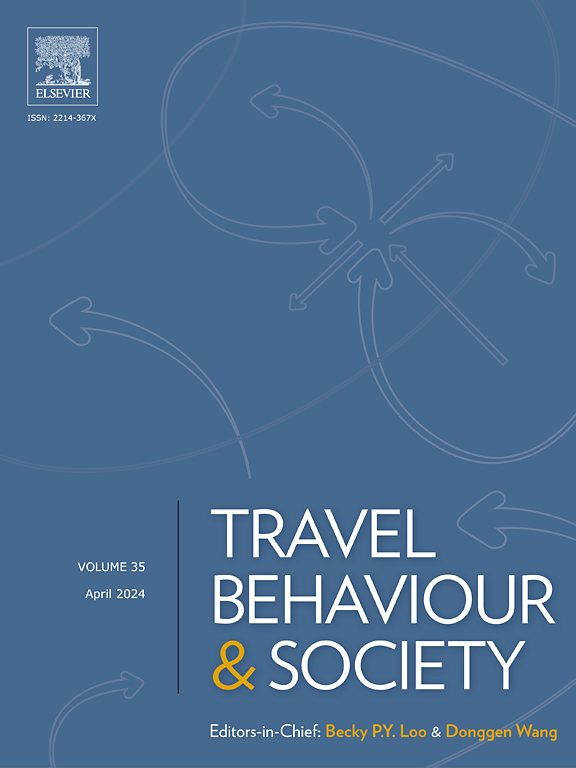Is public transportation a good substitute for private vehicles in Chinese cities?
IF 5.1
2区 工程技术
Q1 TRANSPORTATION
引用次数: 0
Abstract
There is abundant evidence showing that increased accessibility to public transportation eases traffic congestion in cities. The most likely explanation is that some commuters, who were previously utilizing private automobiles, switch to public transport as the latter becomes more accessible. However, given the large variation in automobile models, it is possible that certain types of automobiles are better substitutes for public transport compared to others. In this study, we examine how public transportation affects sales of new automobiles in Chinese cities. We first find that improvements to public transport have an overall negative impact on sales of passenger automobiles. A second finding is that the decrease in sales is mostly incurred by smaller engine capacity and more fuel-efficient automobiles. This finding highlights a previously unintended policy consequence of investment in public transport: the fleet composition of new cars sold tends to shift toward heavier and fuel-inefficient models. This outcome may run counter to other policies, such as air quality management, CAFE standards, and climate change mitigation. As such, there is a need for governments to complement public transport policies with automobile ownership policies to encourage the continued uptake of fuel-efficient models.
在中国城市,公共交通是私家车的好替代品吗?
有大量证据表明,公共交通便利性的提高可缓解城市交通拥堵。最有可能的解释是,一些以前使用私家车的通勤者,随着公共交通越来越方便,转而使用公共交通。不过,由于汽车型号差异很大,可能某些类型的汽车比其他汽车更能替代公共交通。在本研究中,我们探讨了公共交通如何影响中国城市新汽车的销售。我们首先发现,公共交通的改善对乘用车的销售产生了总体上的负面影响。第二个发现是,销量下降的主要是发动机排量较小、燃油效率较高的汽车。这一发现凸显了公共交通投资所带来的一个意想不到的政策后果:新售出汽车的车队构成倾向于转向更重和燃油效率更低的车型。这一结果可能与空气质量管理、CAFE 标准和减缓气候变化等其他政策背道而驰。因此,政府需要用汽车所有权政策来补充公共交通政策,以鼓励继续采用节油车型。
本文章由计算机程序翻译,如有差异,请以英文原文为准。
求助全文
约1分钟内获得全文
求助全文
来源期刊

Travel Behaviour and Society
TRANSPORTATION-
CiteScore
9.80
自引率
7.70%
发文量
109
期刊介绍:
Travel Behaviour and Society is an interdisciplinary journal publishing high-quality original papers which report leading edge research in theories, methodologies and applications concerning transportation issues and challenges which involve the social and spatial dimensions. In particular, it provides a discussion forum for major research in travel behaviour, transportation infrastructure, transportation and environmental issues, mobility and social sustainability, transportation geographic information systems (TGIS), transportation and quality of life, transportation data collection and analysis, etc.
 求助内容:
求助内容: 应助结果提醒方式:
应助结果提醒方式:


